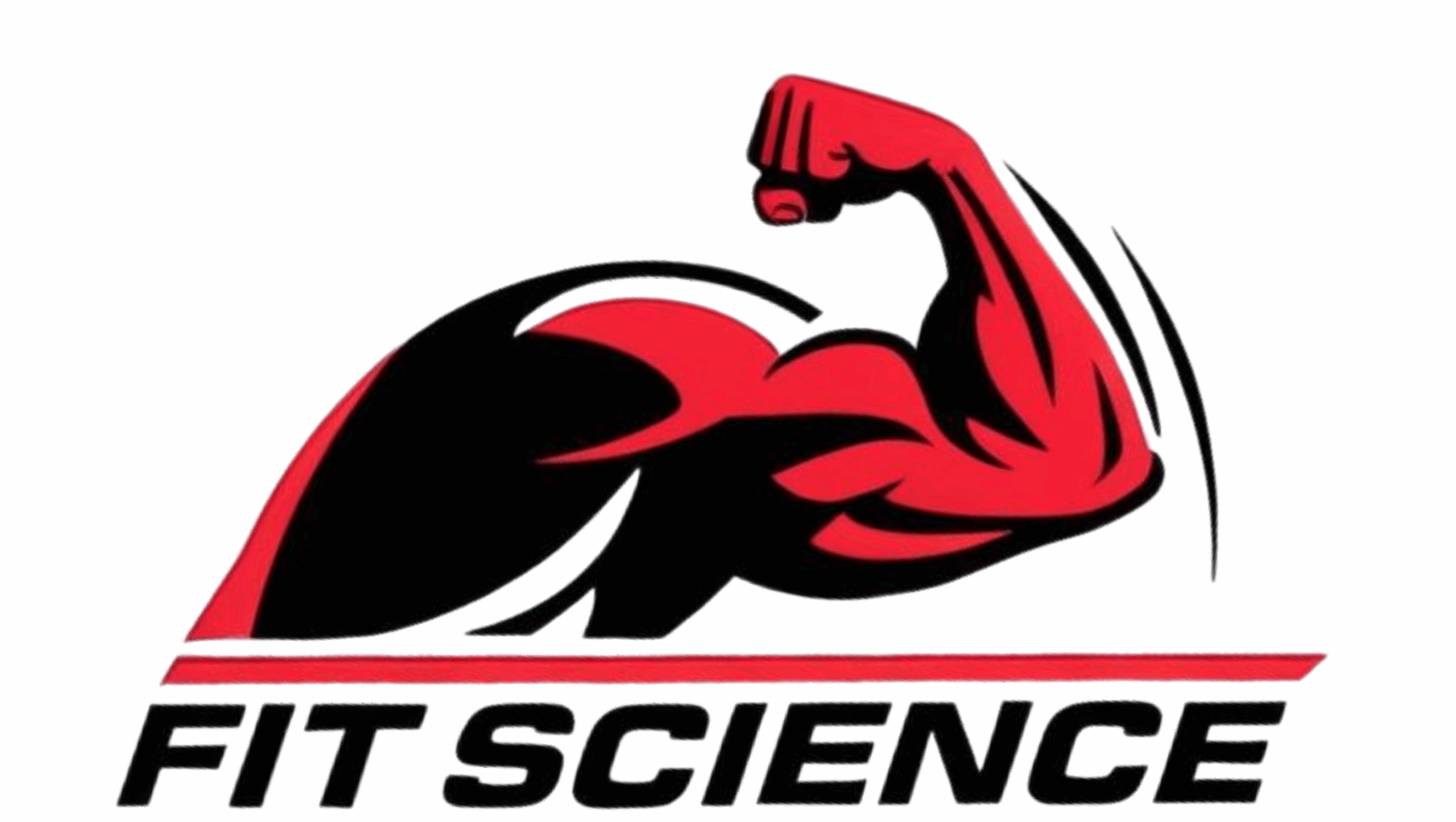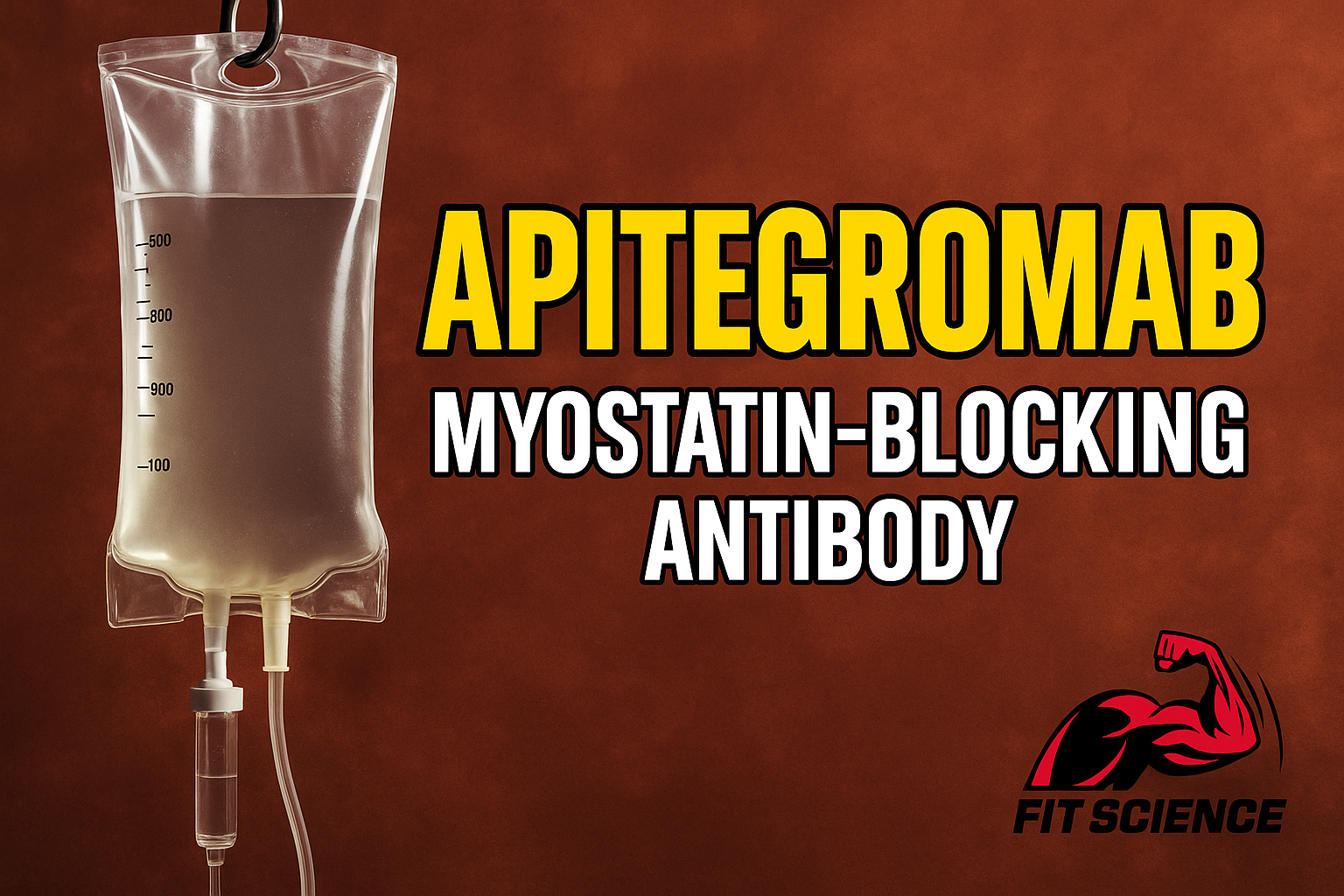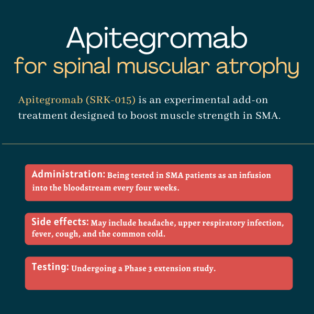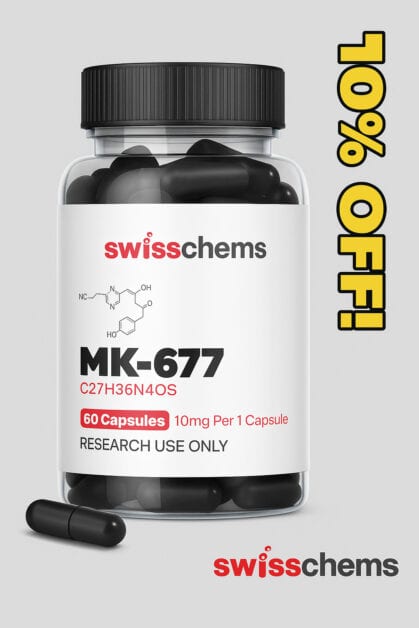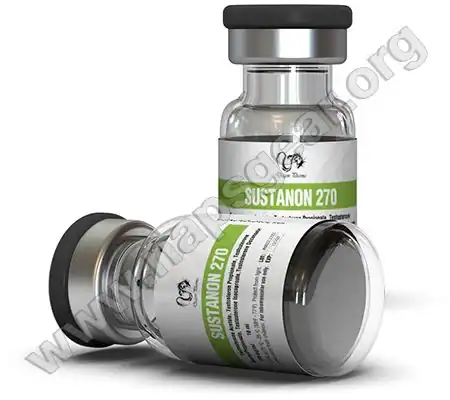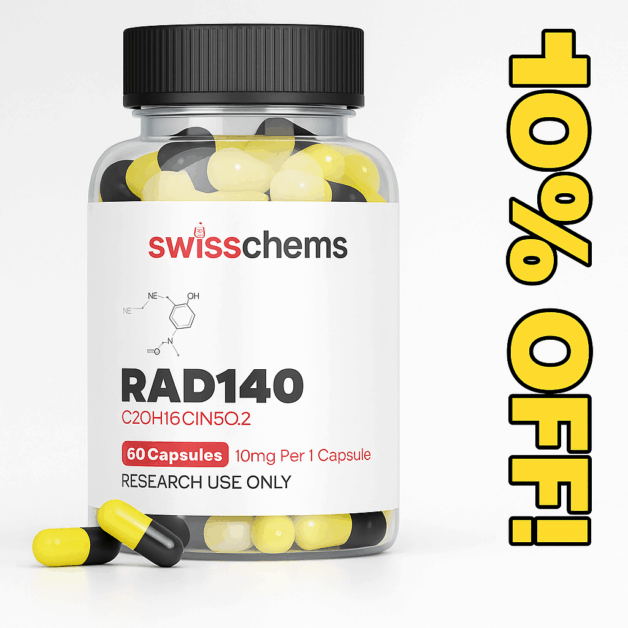Apitegromab is not a peptide and not a SARM. It is a fully human monoclonal antibody that blocks the activation of myostatin, the natural brake on muscle growth. It is delivered by intravenous infusion, not by mouth or subcutaneous pins, and it has a long half-life of roughly three to four weeks. Human trials show meaningful improvements in motor function for patients with spinal muscular atrophy. There is no approved or legal pathway for physique use. Anti-myostatin antibodies remain a medical therapy, not a bodybuilding shortcut.
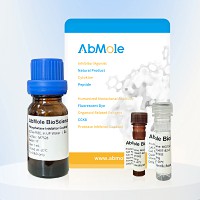
What exactly is Apitegromab
Apitegromab is an antibody that binds the pro and latent forms of myostatin inside skeletal muscle. By preventing activation of myostatin, it keeps the “muscle growth brake” from engaging. The selectivity matters because it targets myostatin at the activation step rather than blocking many TGF-β signals at once, which is one reason this approach has advanced further than older blunt tools in the class.
Why bodybuilders care: myostatin inhibition is one of the few biologic levers with human evidence that shifting it can change muscle size and performance. Apitegromab is the most clinically mature agent that targets myostatin activation with a precise mechanism.
How it is used today
-
Indication: Investigational for spinal muscular atrophy. Not approved for healthy users.
-
Route: IV infusion in a clinic.
-
Dosing in trials: most commonly 10 mg per kg or 20 mg per kg, once every 4 weeks.
-
Half-life: typical of IgG antibodies, about 23 to 33 days depending on dose cohort.
-
Co-therapy: often layered on top of standard SMA drugs that increase SMN protein.
These facts explain why this is not a gym compound. It is expensive, administered by infusion, and monitored in a specialist setting.
What the human data shows
Phase 2 TOPAZ
-
Non-ambulatory SMA types 2 and 3 showed clinically meaningful gains on motor scales.
-
A frequently cited marker, the HFMSE, improved in a majority of participants, with durability seen out to multi-year extension follow ups.
-
Safety profile was acceptable for the studied population.
Phase 3 SAPPHIRE
-
Reported to have met its primary endpoint over 52 weeks, supporting the idea that targeted myostatin activation blockade can translate to functional benefit.
Regulatory status
-
In late September 2025 the FDA issued a Complete Response Letter that was about a third-party manufacturing site, not about apitegromab’s efficacy or safety. The sponsor plans to resubmit after the site issues are remediated.
Key takeaway: in a disease state with profound muscle compromise, precise myostatin blockade produced real functional benefits. That validates the pathway. It does not mean apitegromab is a mass gainer for healthy lifters.
How anti-myostatin antibodies compare to SARMs and popular “peptides”
Use this table as a clean reference for readers who mix categories.
| Category | What it targets | Form and half-life | Human evidence for muscle | Legal status for athletes | Realistic upside for lifters |
|---|---|---|---|---|---|
| Apitegromab | Myostatin activation inside skeletal muscle | IV antibody, about 23 to 33 day half-life | Functional gains in SMA, multi-trial signal | Not approved for healthy use, prohibited for sport as a myostatin inhibitor | Future potential for injury recovery or disease, not a practical or legal hypertrophy tool now |
| SARMs | Androgen receptor | Oral small molecules, short half-lives | Mixed and limited, many programs discontinued | Prohibited for sport, legal status varies, quality is unreliable in gray market | Some users report strength or recomp, risk profile and suppression issues are real |
| Common “peptides” | Very mixed, often growth hormone axis or vague anabolic claims | Subcutaneous injections, short half-lives | Sparse or indirect human data for hypertrophy | Usually prohibited or risky in sport, quality control issues | Effects often modest versus marketing claims |
Notes for editors and coaches
-
Anti-myostatin antibodies work by changing negative regulation, not by androgenic signaling.
-
Old decoy-receptor strategies like ACE-031 increased lean mass but raised red flags such as nosebleeds and telangiectasias. Targeting only latent myostatin is a cleaner approach.
-
Separate programs like bimagrumab that block activin receptor signaling have shown strong fat loss with preservation or gains in lean mass, especially when paired with GLP-1 drugs. This is a different target than apitegromab, but it shows where the field is going.
Safety frame for athletes
-
Unknowns in healthy users: long-term tendon health, connective tissue balance, and disproportionate size versus strength remain open questions outside of disease settings.
-
Anti-doping: myostatin inhibitors are prohibited. That includes neutralizing antibodies and related mechanisms. Detection methods are improving.
-
Cost and access: specialist infusion, stringent controls, and high cost keep this firmly out of gray-market reach. Avoid any product claiming to be apitegromab.
Practical forecasting for bodybuilders
-
This class will likely matter, but in clinical use cases first. Expect earlier impact in muscle preservation, rehabilitation, or in conjunction with major weight-loss drugs where maintaining lean mass is critical.
-
Performance carryover for healthy lifters is unknown. The SMA data proves pathway validity, not a blueprint for mass cycles.
-
Watch the combinations. Drug developers are pairing myostatin-axis agents with GLP-1s to lose fat while sparing muscle. If those trials finish positive, the market will shift toward composition quality, not weight alone.
-
Timeline depends on manufacturing remediation and continued regulatory review. Athletic or physique access is not on the near horizon and remains prohibited for competition.
FAQ quick hits
Is apitegromab a peptide or a SARM
Neither. It is a targeted monoclonal antibody that blocks myostatin activation.
What is the dose and half-life
Clinical trials most often use 10 or 20 mg per kg by IV infusion every four weeks. The half-life sits around 23 to 33 days.
What results were seen
In SMA, patients showed improved motor function on validated scales with signals that sustained over time. That validates the biology, but it is not a green light for bodybuilding use.
Will this become a bodybuilding drug
Unlikely. The cost, delivery route, medical oversight, and anti-doping rules keep this in the clinic. The more realistic downstream effect is better lean-mass preservation during medical weight loss or recovery, which may influence training and nutrition strategies indirectly.
Bottom line
Apitegromab shows that precise myostatin activation blockade can translate to meaningful human benefit. For bodybuilders, it is a signal about the future of muscle preservation and function, not an invitation to chase a new grey-market vial. Keep training and nutrition at the center, track how anti-myostatin combinations mature, and expect clinical therapies to shape the broader conversation about muscle quality over the next few years.
Sources and further reading
-
FDA issues Complete Response Letter for apitegromab, manufacturing site observations, sponsor to resubmit. Scholar Rock Investors+2Fierce Pharma+2
-
Apitegromab mechanism, selective inhibition of latent myostatin activation, company program overview. Scholar Rock
-
Pharmacokinetics and half-life about 23 to 33 days, IV every four weeks in early studies. NeurologyLive
-
Phase 2 TOPAZ efficacy and safety, HFMSE improvements and extensions. PubMed+2PMC+2
-
Phase 3 SAPPHIRE summary reports. NeurologyLive+1
-
Company press release with dose arms 10 mg per kg versus 20 mg per kg and safety comments. Scholar Rock Investors
-
Prior class experience, ACE-031 signals and adverse events such as epistaxis and telangiectasias. PubMed+2Oxford Academic+2
-
Bimagrumab and body composition effects, human data and GLP-1 combinations, context for class direction. BioSpace+3PMC+3Reuters+3
-
Anti-doping status, myostatin inhibitors prohibited in sport. Wada Ama+2U.S. Anti-Doping Agency (USADA)+2
Educational content only. Not medical advice. Do not attempt to source or use prescription biologics without a licensed physician and a lawful indication.
